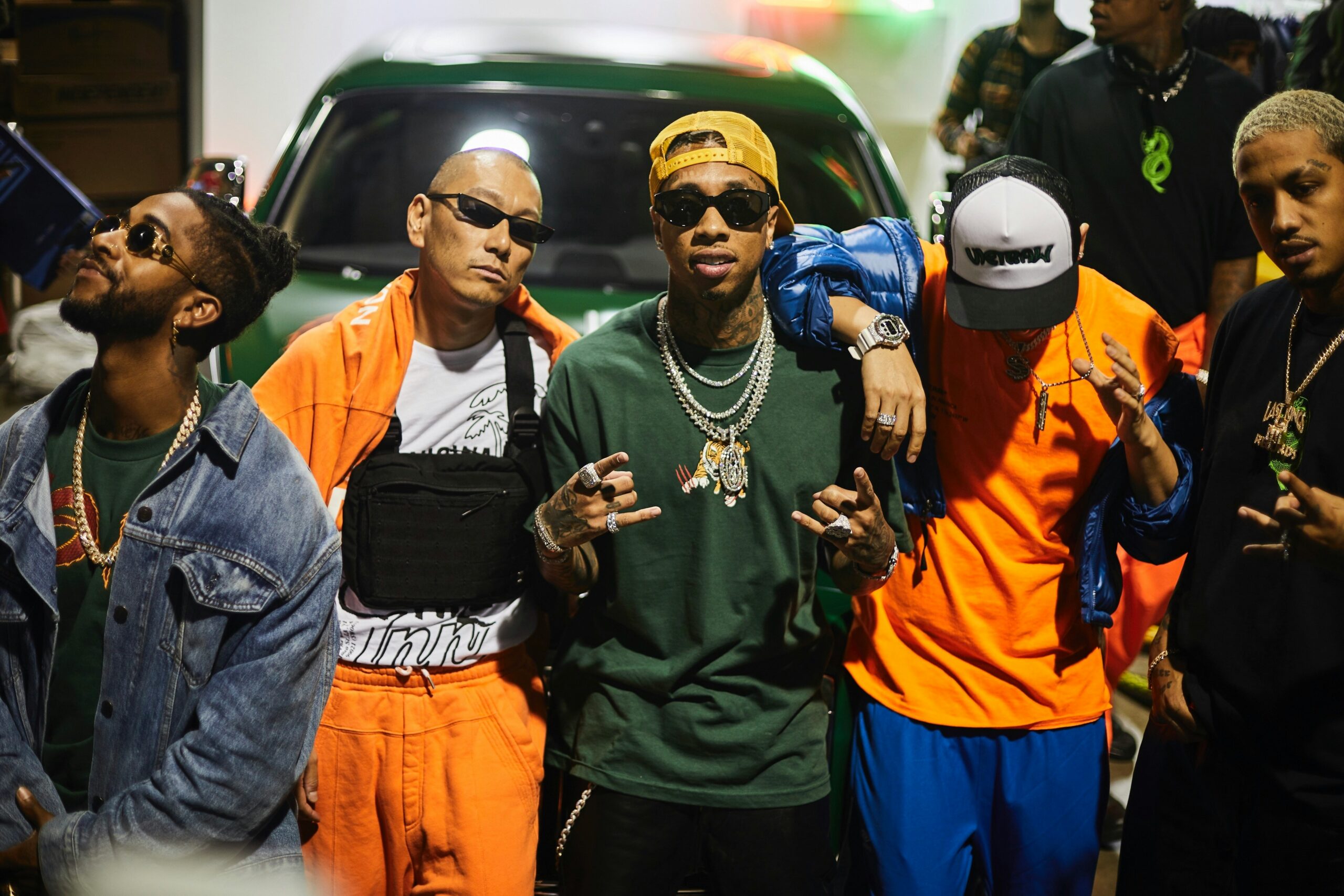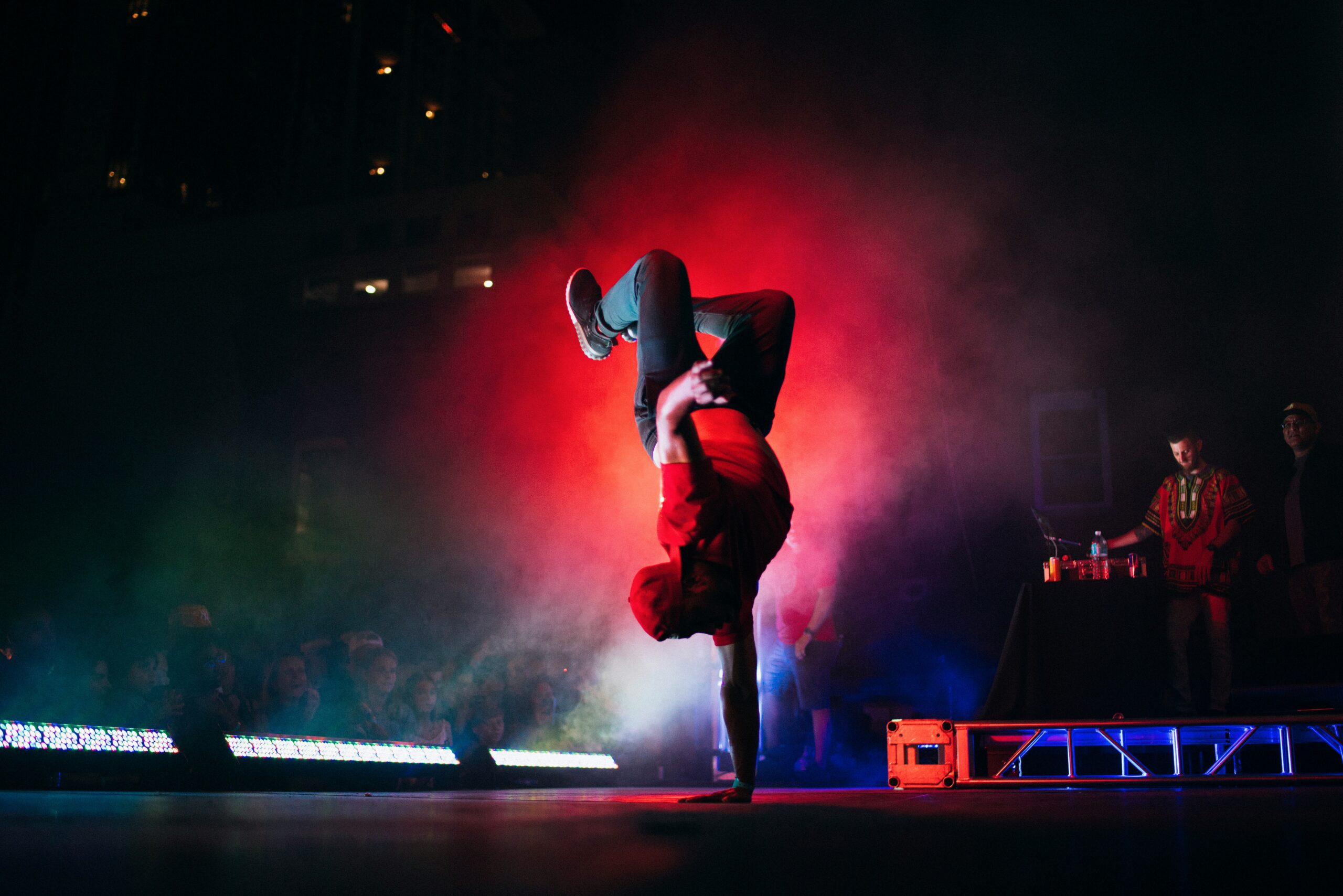Introduction to Daaku Maharaaj
The Daaku Maharaaj character has emerged as a notable figure within Indian popular culture, representing a complex blend of historical narrative and contemporary entertainment. Originating from folklore, the Daaku Maharaaj has often been portrayed as a notorious bandit whose life and exploits resonate within various forms of media, ranging from films and television shows to literature and social discussions. His character serves as a lens through which societal issues are examined, often bringing to light the themes of justice, morality, and resilience against oppression.
In recent times, the character of Daaku Maharaaj has become a focal point for a series of controversies that have ignited public curiosity and debate. These incidents range from social media uproar regarding portrayals in film to heated discussions about the implications of such representations in the broader cultural context. For instance, one notable controversy involved actress Urvashi Rautela, whose alleged involvement in scenes that portrayed the character was met with a variety of reactions from fans and critics alike. The ramifications of her deleted scenes brought to the forefront the notion of authenticity and artistic representation in the media.
Additionally, the so-called “Dabidi Dibidi row,” related to the comedic interpretations of Daaku Maharaaj, has further highlighted the character’s filmic presence while also questioning the boundaries of humor and respect in depictions of historical figures. These discussions not only underscore the significance of Daaku Maharaaj in entertainment but also reflect prevailing attitudes towards cultural symbols and their interpretations in modern contexts. Such controversies serve as a gateway to deeper inquiries about representation, memory, and identity in the fabric of popular culture.
The Impact of Urvashi Rautela’s Deleted Scenes
The recent controversies surrounding Urvashi Rautela’s character in the film Daaku Maharaaj have sparked significant discourse among fans and critics alike. Urvashi Rautela, a prominent actress known for her glamorous roles, had a significant portion of her scenes removed prior to the movie’s release. This decision raised questions regarding the underlying reasons and the impact on both the film and the actress’s career.
The removal of her scenes was reportedly due to creative choices made by the filmmakers. While some speculated that her character may have overshadowed the lead roles, others suggested that the narrative’s pacing necessitated cuts. Fans expressed mixed reactions; some were disappointed to see a beloved actress with a promising character arc significantly reduced to mere cameos, while others felt that the movie could benefit from the tightened storyline without potential distractions.
The public’s reaction was largely fueled by social media, where fans took to platforms to voice their opinions. Hashtags supporting Urvashi Rautela trended for days after the news of her deleted scenes broke, indicating significant engagement and interest. This phenomenon illustrates how fan sentiment can influence perceptions of a film, often outweighing the critical reviews from professionals. As a result, the film’s overall reception may have been skewed as audiences flocked to theaters carrying preconceived notions regarding the actress’s limited involvement.
Moreover, the controversy surrounding her deleted scenes has had broader implications, not only on Urvashi’s career trajectory but also on the film’s marketing strategies. The visibility of this situation may contribute to the film’s box office performance, as curiosity about the deleted content can drive audiences to watch the film in order to form their own opinions. The case of Urvashi Rautela in Daaku Maharaaj serves as a reminder of the intricate relationship between narrative choices, audience expectations, and the impact on overall cinematic experiences.
Understanding the Dabidi Dibidi Row
The Dabidi Dibidi Row has emerged as a significant topic of discussion within social media circles, particularly in relation to the Daaku Maharaaj controversies. This term, often used informally, conveys a sense of chaos, disorder, or a lack of coherence surrounding a specific incident or narrative. In the context of Daaku Maharaaj, it has come to encapsulate the mixed reactions and divided opinions that have surfaced following various developments linked to the film and its promotional activities.
The origin of the term ‘Dabidi Dibidi’ can be traced back to colloquial expressions prevalent in certain regions of India, reflecting sentiments of confusion or disarray. In the case of Daaku Maharaaj, commentators have utilized this phrase to describe the bewildering array of responses elicited by the film, especially surrounding its themes and character portrayals. Critics and social media influencers alike have highlighted how the narrative has engaged audiences, leading to a spectrum of opinions that range from enthusiastic support to fierce opposition.
Reactions from Fans and Critics
The controversies surrounding “Daaku Maharaaj” have elicited a wide range of reactions from both fans and critics, reflecting the complex dynamics at play within the entertainment industry. Initially, the public’s response to Urvashi Rautela’s deleted scenes was mixed. Many fans expressed disappointment over the scenes being cut, claiming that her involvement added a significant layer of depth to the storyline. Others, however, questioned whether her performance genuinely warranted its original length, suggesting that perhaps the edits were in the best interest of narrative cohesion.
On social media platforms, reactions varied significantly. Twitter hashtags such as #JusticeForUrvashi and #DaakuMaharaaj sparked intense discussions, with users sharing their views and speculating about the decisions made during the editing process. Some fans took to TikTok and Instagram, creating content that highlighted their favorite moments from the deleted scenes, thus advocating for their inclusion in future releases. Alternatively, critics argued that the film’s overall direction was overshadowed by the controversies, emphasizing that persistent disputes could affect the film’s legacy.
Expert opinions also contributed to the discourse. Film analysts have weighed in on the controversy surrounding the Dabidi Dibidi row, highlighting the larger implications of audience reception on casting choices and the perceived credibility of character portrayals. Polls conducted on various entertainment websites revealed that a significant proportion of viewers remained uncommitted, with opinions split between those willing to forgive the controversies and those who felt that they diminished the film’s overall quality.
As discussions continue to unfold, it becomes increasingly clear that the intersection of public sentiment and critical analysis plays a crucial role in shaping the future of “Daaku Maharaaj.” The varied reactions not only reflect the personal biases of audiences but also indicate the broader implications for how films are marketed and received in an industry that thrives on involvement from its fan base.
The Role of Media in Amplifying Controversies
The influence of media on public perception cannot be overstated, particularly in the context of the Daaku Maharaaj controversies. Various media outlets, including print articles, digital platforms, and television shows, have played a significant role in shaping narratives surrounding these incidents. The coverage often escalates controversies by focusing on sensational aspects rather than providing a comprehensive understanding of the issues at hand.
Cultural Implications of the Daaku Maharaaj Controversies
The Daaku Maharaaj controversies have sparked significant discourse, illuminating the intricate relationship between cinema, societal values, and fandom culture. As critical elements of contemporary entertainment, films often act as mirrors reflecting broader cultural narratives. The uproar surrounding Urvashi Rautela’s deleted scenes and the Dabidi Dibidi row exemplifies how entertainment choices can ignite public sentiment and debate. These incidents highlight a pivotal cultural shift, wherein audiences not only consume content but actively engage in its interpretation and critique.
One key aspect of the controversies is their revelation of changing societal attitudes towards representation and narrative ownership in popular media. The backlash concerning purported censorship of Rautela’s scenes serves to emphasize the increasing demand for creative freedom and authenticity in storytelling. This calls attention to the notion that cultural production should be representative of diverse voices, thereby fueling discussion on industry standards and inclusivity. As the entertainment landscape evolves, so too do the expectations of audiences who seek to see their experiences and identities reflected on screen.
Furthermore, the dynamics within fandom culture have also been substantially influenced by these incidents. Fans often foster strong emotional connections with film characters and narratives. The controversies surrounding Daaku Maharaaj have prompted factions within these fandoms to express divided opinions, suggesting a broader conflict between traditional norms and modern values. Such disagreements reflect a crucial element of contemporary culture, where differing interpretations of the same work can lead to heated discussions and social discourse. This not only highlights the engagement of fans but also brings to the fore the multi-layered landscape of cultural consumption.
Ultimately, the Daaku Maharaaj controversies shed light on prevailing cultural attitudes and tensions within the entertainment sector. They emphasize the necessity for ongoing dialogue about representation, censorship, and the evolving relationship between creators and their audiences, which will undoubtedly continue to shape future narratives in the Indian film industry.
Behind-the-Scenes Insights
The production of “Daaku Maharaaj,” a film that has garnered substantial attention for its controversies, reveals a complex interplay between creative expression and public perception. Behind the scenes, the production team faced multiple challenges that influenced their decision-making processes. Interviews with key staff members and cast provide valuable context about the controversies surrounding the film, including Urvashi Rautela’s deleted scenes and the infamous Dabidi Dibidi row.
One of the production staff members shared insights into the shooting process, noting that the creative team had to balance artistic vision with potential backlash from audiences and critics alike. The decision to delete certain scenes featuring Urvashi Rautela was described as a strategic move stemming from the desire to maintain a particular narrative tone and avoid further controversies. This choice, however, sparked discussions among fans and drew scrutiny from tabloid media, illuminating the tightrope that creators walk between maintaining integrity and appeasing audience expectations.
Moreover, directors and writers involved in “Daaku Maharaaj” emphasized the importance of collaboration and communication. It became evident that the controversies did not merely arise in isolation but were often a reflection of broader societal conversations. As one director noted, the dynamic nature of public opinion necessitated a responsive approach to content creation, occasionally leading to adjustments in the script and scenes during production.
Insights from actors on set also highlighted the pressures they felt amidst rising controversies. They expressed that the dialogue and character portrayals were designed to resonate with audiences, yet also reflected deeper themes relevant to contemporary cultural discussions. The cast’s engagement with fans via social media sometimes contributed to the film’s evolving narrative, further intertwining their performances with public sentiment.
Thus, the behind-the-scenes activities of “Daaku Maharaaj” demonstrate that the film is not just a product of artistic endeavor but a tapestry woven with threads of audience reaction, industry trends, and the ever-present specter of controversy that shapes the final outcome.
Future of Daaku Maharaaj Franchise
The Daaku Maharaaj franchise has become a significant topic of discussion among fans and critics alike, especially following recent controversies that have emerged. The challenges faced by the franchise, such as Urvashi Rautela’s deleted scenes and the contentious Dabidi Dibidi row, prompt questions about the potential future of this series. As the entertainment industry evolves, it is essential to consider how these incidents could shape upcoming productions and collaborations.
One potential outcome is an increased focus on quality control and narrative coherence in future installments. Producers and creators may feel compelled to scrutinize scripts and casting decisions more rigorously, ensuring that any potential controversies are preemptively addressed. This shift could foster a more stable and respected franchise, allowing it to grow and evolve positively. Furthermore, the team behind Daaku Maharaaj might explore partnerships with more established names in the industry, seeking to leverage their experience to navigate public relations challenges effectively.
Additionally, audience engagement will likely play a pivotal role in determining the franchise’s trajectory. With the rise of social media, fan interactions have become a double-edged sword. While this medium can bolster interest and support for future projects, it can also exacerbate negative sentiments surrounding controversies. As a result, the franchise’s producers might invest in strategic marketing and outreach efforts aimed at rebuilding trust and fostering goodwill among their fanbase.
Ultimately, the future of the Daaku Maharaaj franchise hinges on its ability to learn from its past. By addressing the underlying issues that led to recent controversies, the creators can pave the way for a more robust and innovative series. As audiences continue to evolve, the franchise must adapt to meet their expectations and preferences, ensuring its relevance in a competitive entertainment landscape.
Conclusion
The controversies surrounding Daaku Maharaaj, including the incident of Urvashi Rautela’s deleted scenes and the Dabidi Dibidi row, highlight several key points worth reflecting upon. First, these events underscore the complexities inherent in celebrity culture, where public figures often find themselves at the intersection of personal expression and societal expectations. The scrutiny they face can amplify their decisions, leading to far-reaching implications for public sentiment and media discourse.
Moreover, the discussions that arose from these controversies illuminate the role of social media as a double-edged sword. While it provides a platform for engagement and dialogue, it can also fuel misunderstandings and misinterpretations. This phenomenon calls for responsibility among audiences and creators alike, as the quick dissemination of information can often lead to a distorted narrative. A deeper understanding of context and nuance is crucial when forming opinions based on viral content.
Additionally, the reactions to these controversies shed light on the prevailing values within society and the expectations that accompany fame. They beckon a critical examination of how consumers of media approach celebrity discourse. Engaging with content critically, rather than passively accepting narratives driven by sensationalism, encourages a more informed perspective.
In essence, the Daaku Maharaaj controversies serve as a reminder of the power of narratives in shaping public perception and the importance of thoughtful engagement with media. As consumers, the onus is on us to dissect the layers of information presented, fostering a more nuanced understanding of issues that surround not only celebrities but also the broader implications for society at large. By considering these lessons, we can contribute to a more constructive public discourse that values depth over superficiality.



